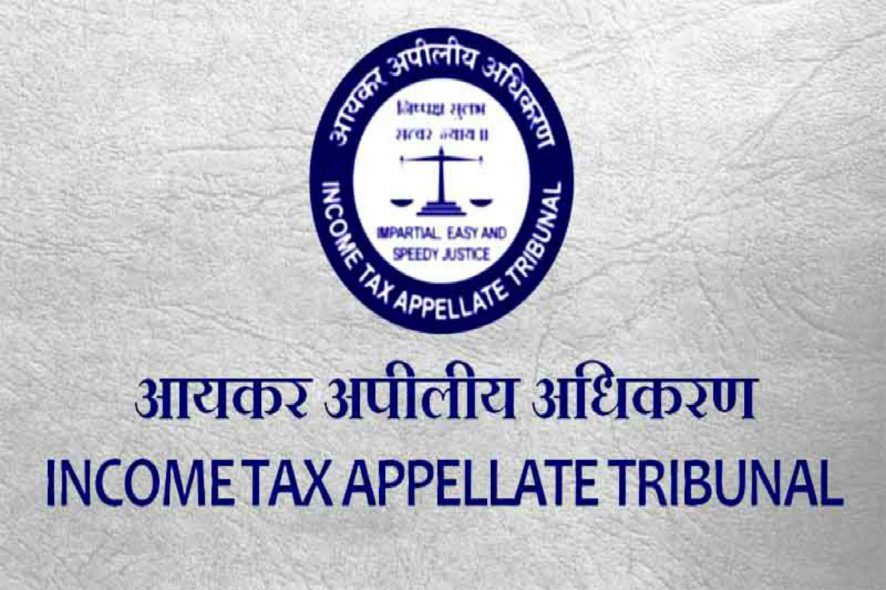Income Tax Appellate Tribunal, Hyderabad: Dealing with the issue on accommodation entries and bogus purchases, the Tribunal has said that the entire purchase cannot be treated as a bogus purchase when there is evidence to establish that the payment was carried out through banking channels.
The Assessee, in the present case, is an individual who is engaged in the business of trading gold and gold ornaments in the name and style of M/s Vijay Jewelers. Search and seizure under Section 132 of the Income Tax Act on three individuals, revealed that these individuals were providing accommodation entries for the purchase of gold and gold Jewelry to various entities including the proprietary concern of the Assessee. It was further revealed that the Assessee had obtained accommodation entries for the purchase of gold from them and various other individuals.
The Assessee failed to prove the credit-worthiness of the individuals from whom the gold and ornaments were purchased. Though the Assessee was able to furnish the bank statements and vouchers to substantiate a claim that the payment was done via cheque.
The Assessing Officer placed its reliance on the decision passed by the Supreme Court in the case of Kachwala Gems v. CIT, (2007) 12 SCC 761 and held that the purchase made by the Assessee from those individuals is a bogus transaction. Therefore, the Assessing Officer estimated 10% of the bogus purchase as the undisclosed income of the Assessee.
On Appeal, the Commissioner of Income Tax (Appeal) opined that the entire bogus purchase has to be added to the income of the Assessee and accordingly enhanced the addition.
Being aggrieved by the addition done by the CIT(A) the Assessee preferred an Appeal before the Income Tax Appellate Tribunal which was called upon to decide whether the CIT(A) was justified in enhancing the addition by treating the entire bogus purchase of the Assessee as his income?
The Tribunal set aside the order passed by the CIT(A) and held that the CIT(A) was not justified to enhance the addition by treating the entire bogus purchases as the income of the Assessee. It placed reliance on the payment of the purchases which were done via banks and were the accounted money of the Assessee. Further, the gold and ornaments were either sold by the Assessee or were treated as his business stock. Confirming the estimated 10% of the bogus purchase as the undisclosed income of the Assessee by the AO, the Tribunal said,
“Though the payment made by the assessee towards the purchases are through banking channels, it is also revealed that the suppliers were issuing bogus bills and vouchers to various parties. In this situation, producing the bills and vouchers and evidencing the payment made through cheque alone will not establish that the transactions are genuine.”
Hence, setting aside the order of CIT(A), the Tribunal held,
“… the order of the Ld. CIT (A) to enhance the addition by treating the entire bogus purchases as the income of the Assessee is not appropriate because it is evident that the Assessee had made purchases apparently from his accounted money as the payments have made through banking channels.”
[Bhagatram Hyderabad v. Asst. Commissioner of Income Tax, 2020 SCC OnLine ITAT 345, decided on 28-07-2020 ]







